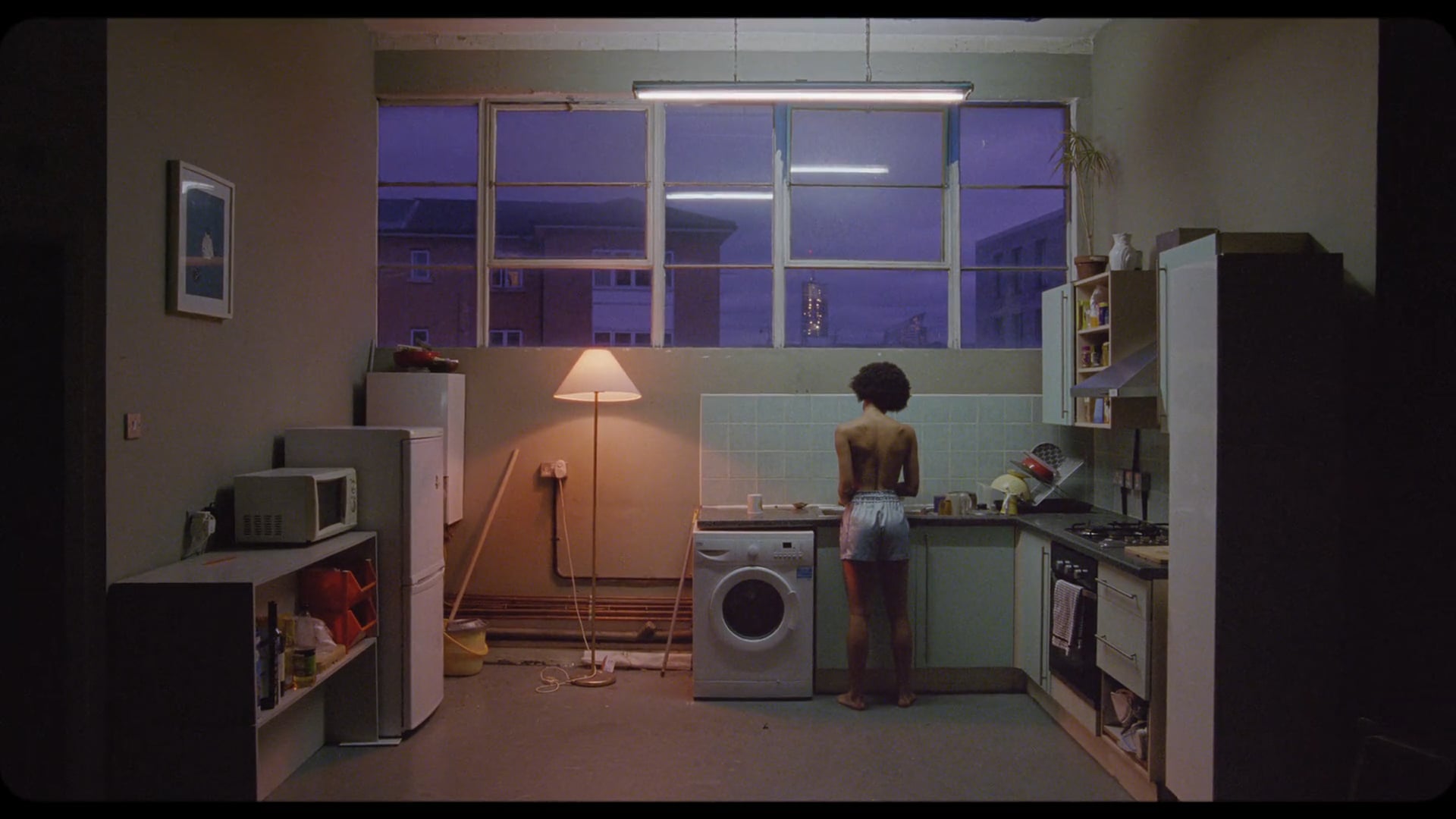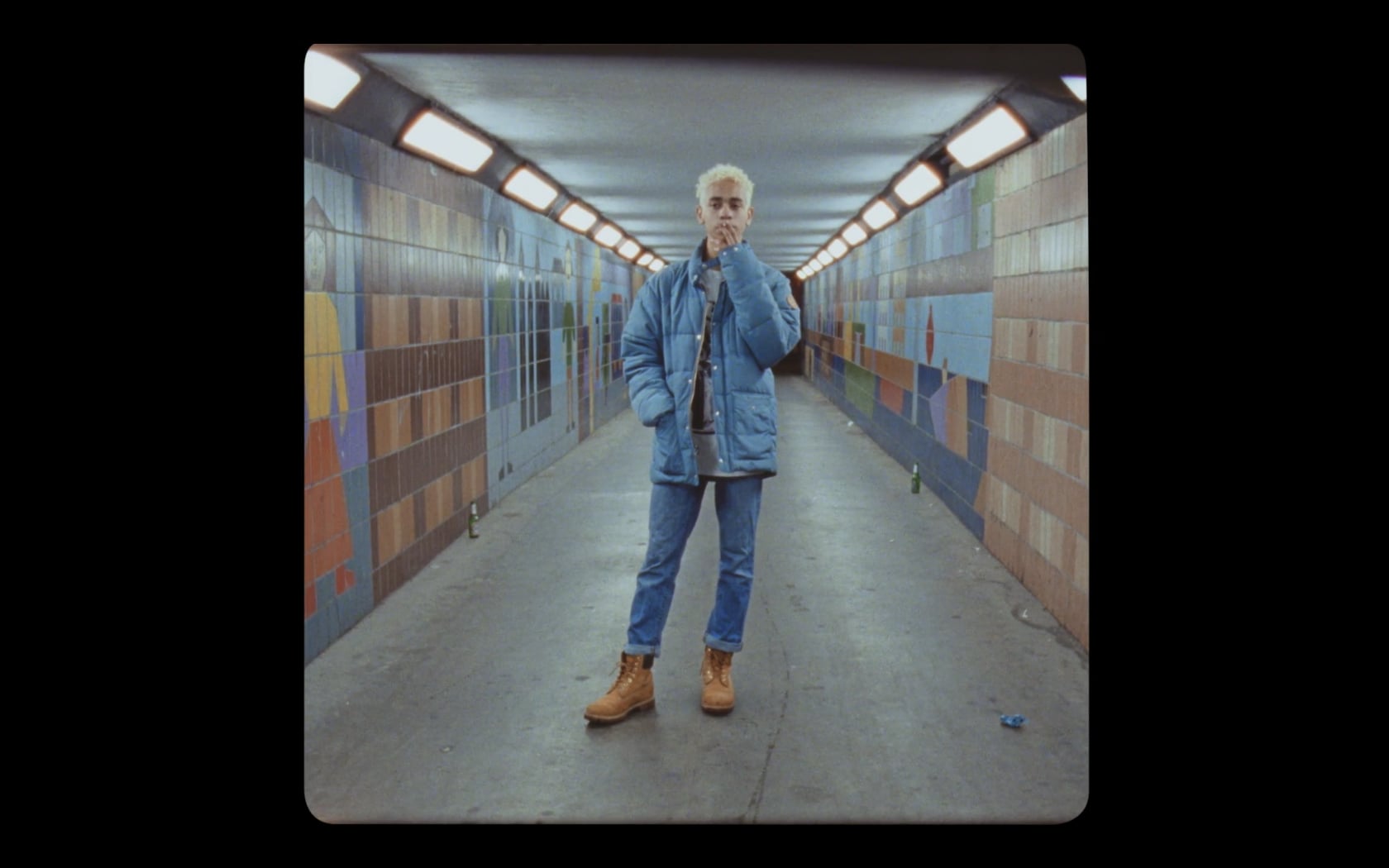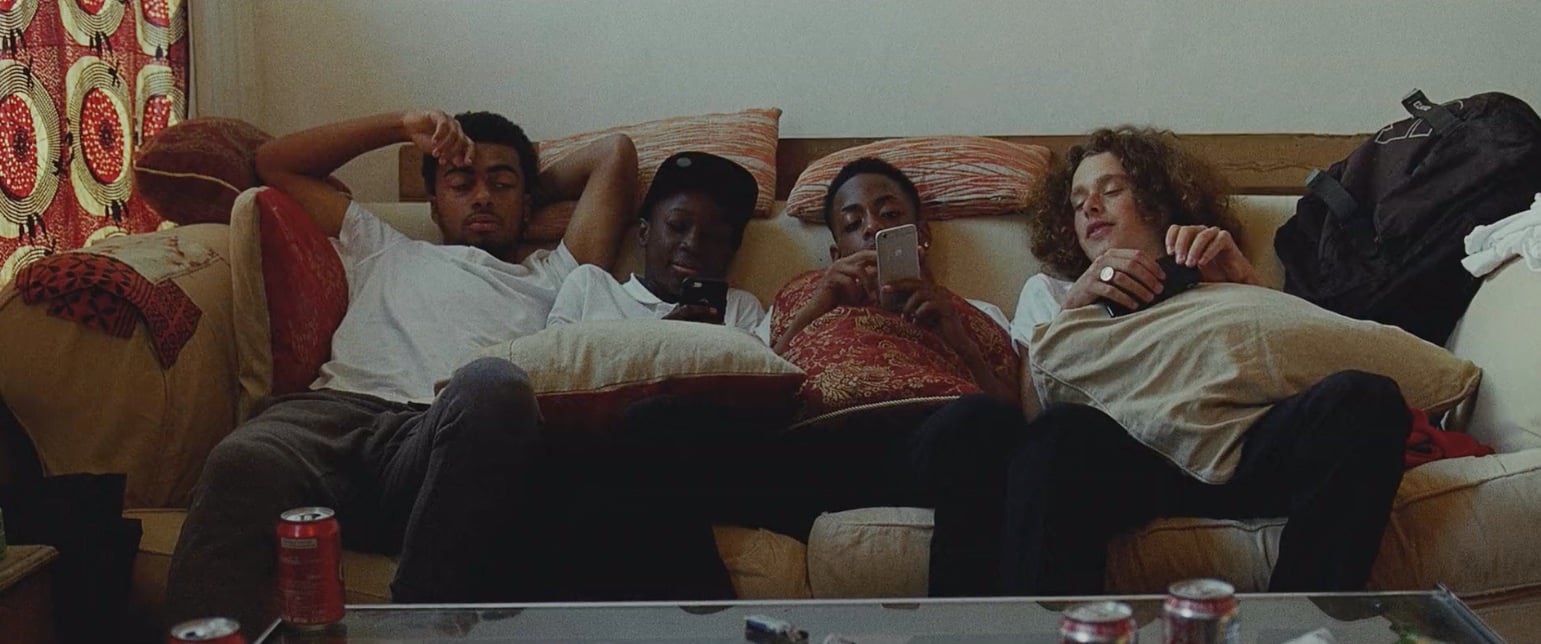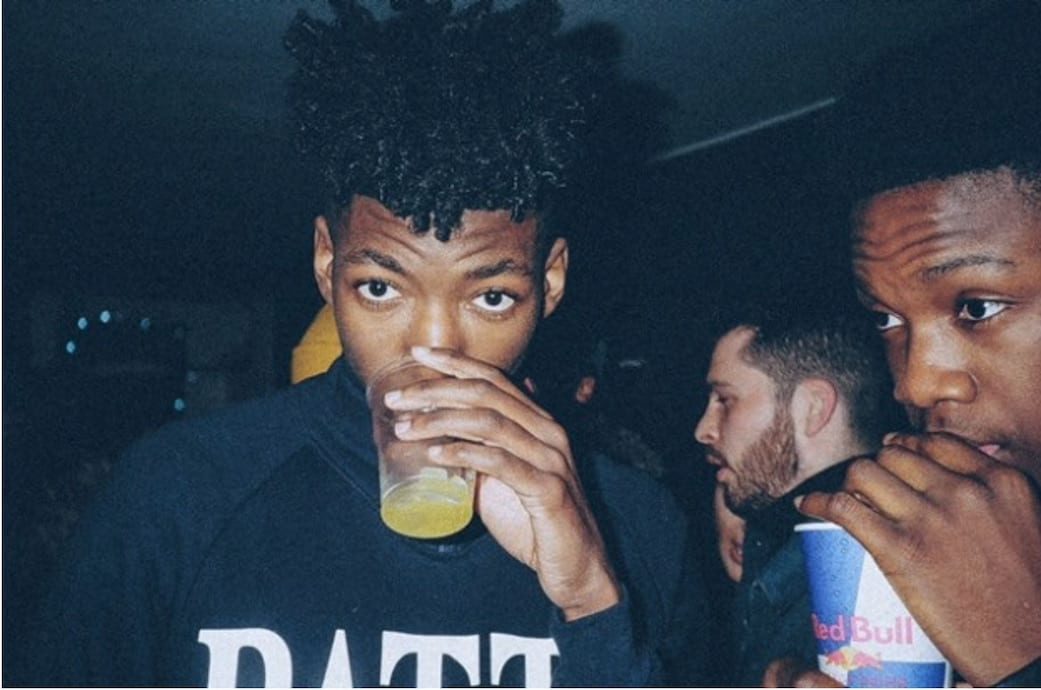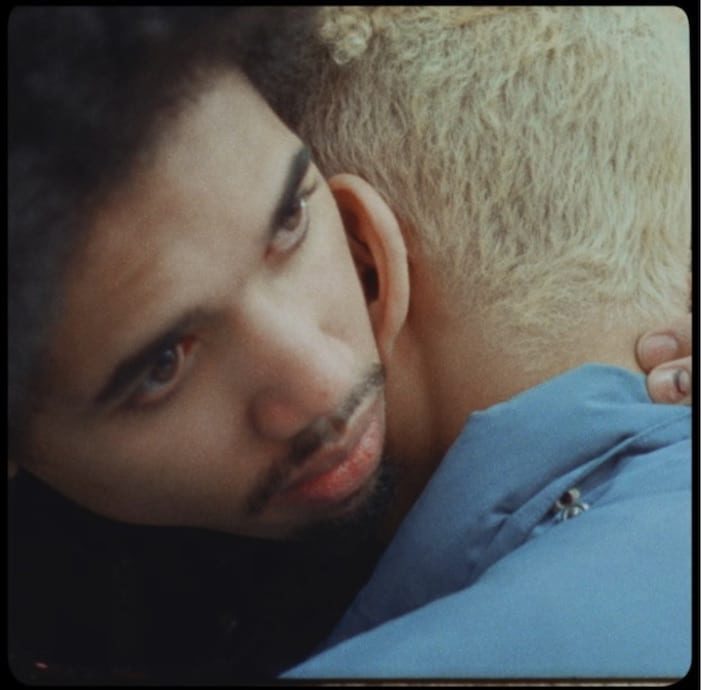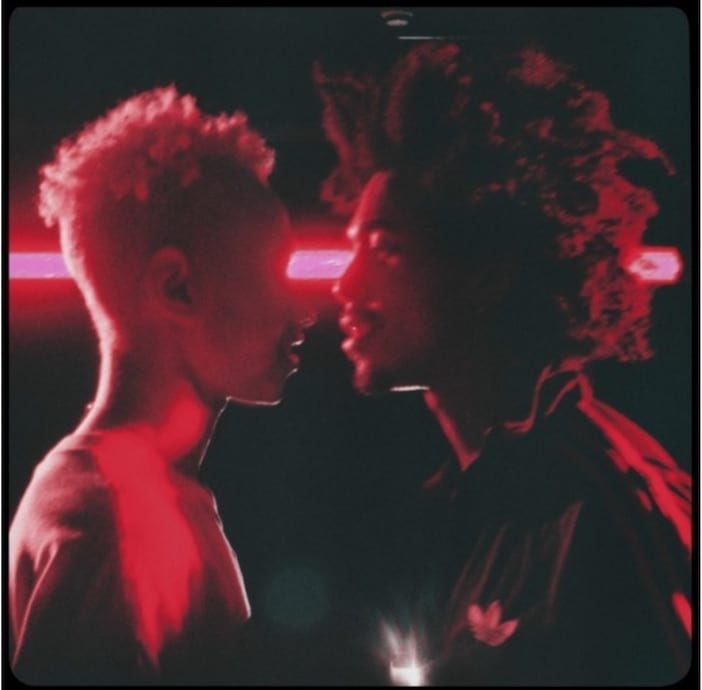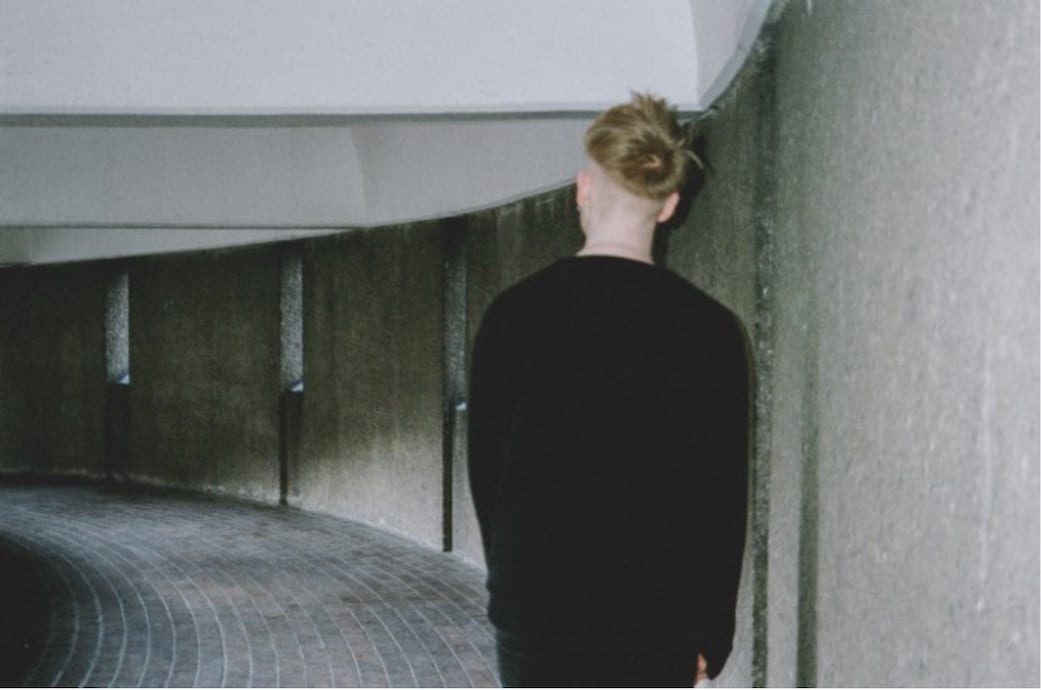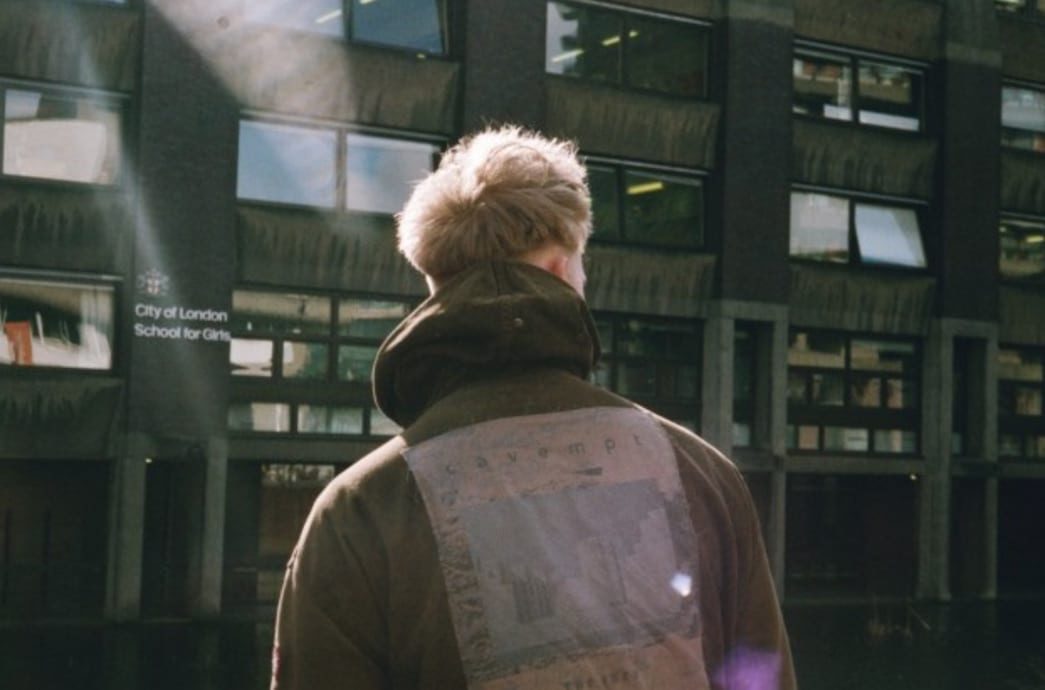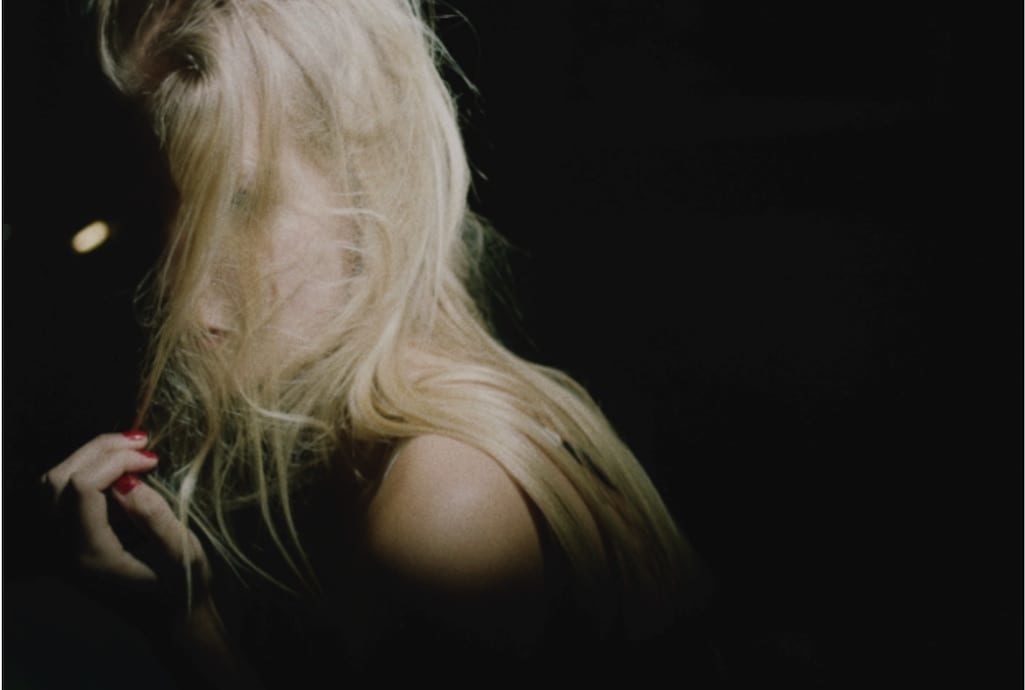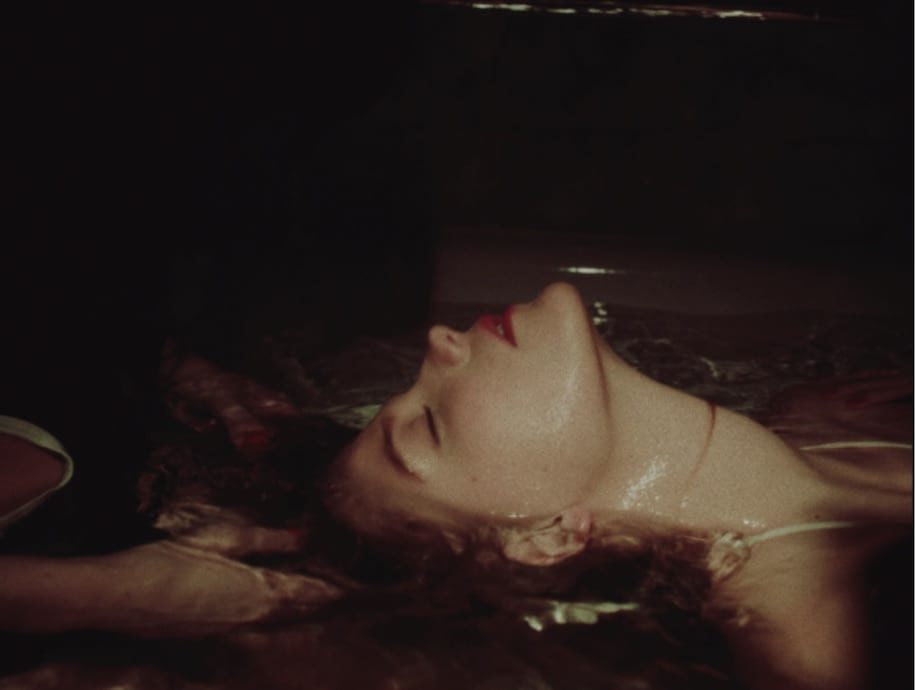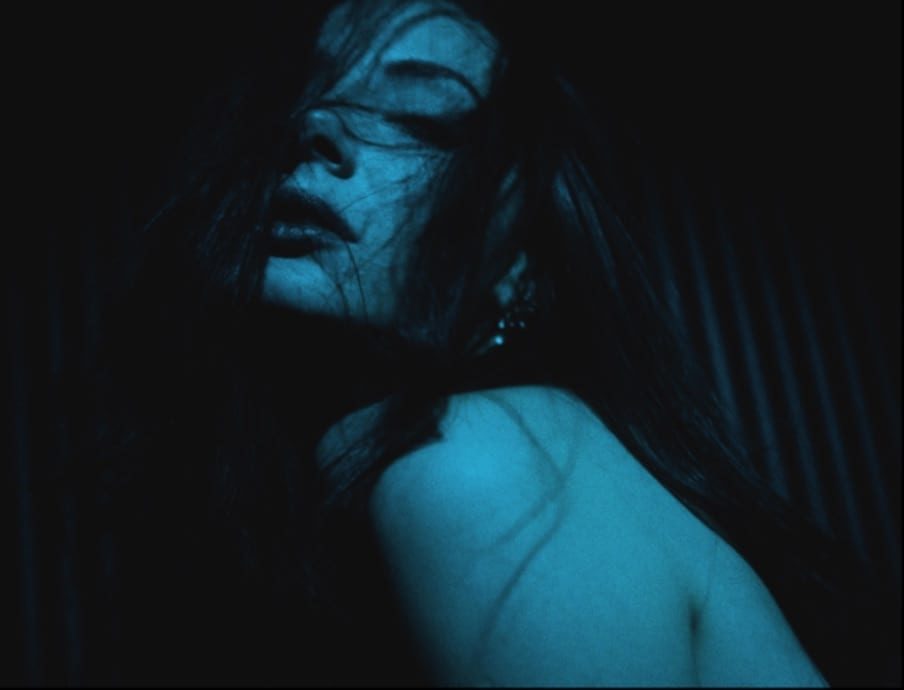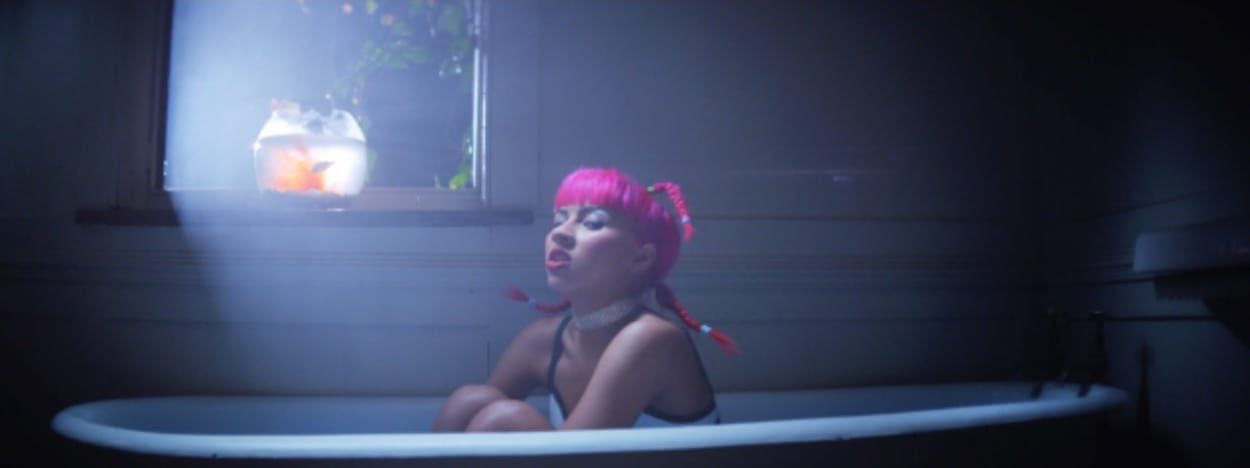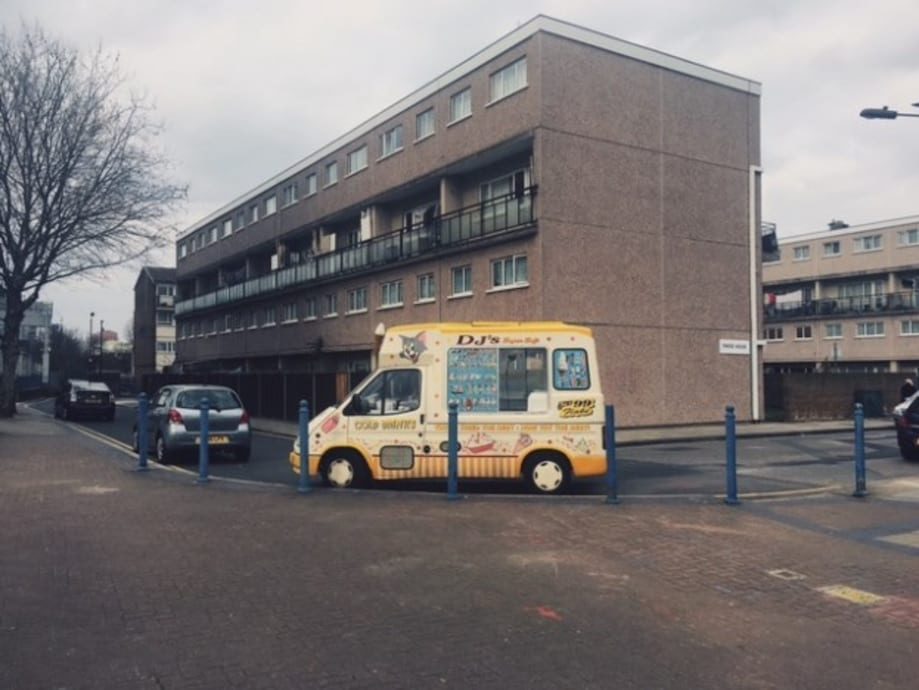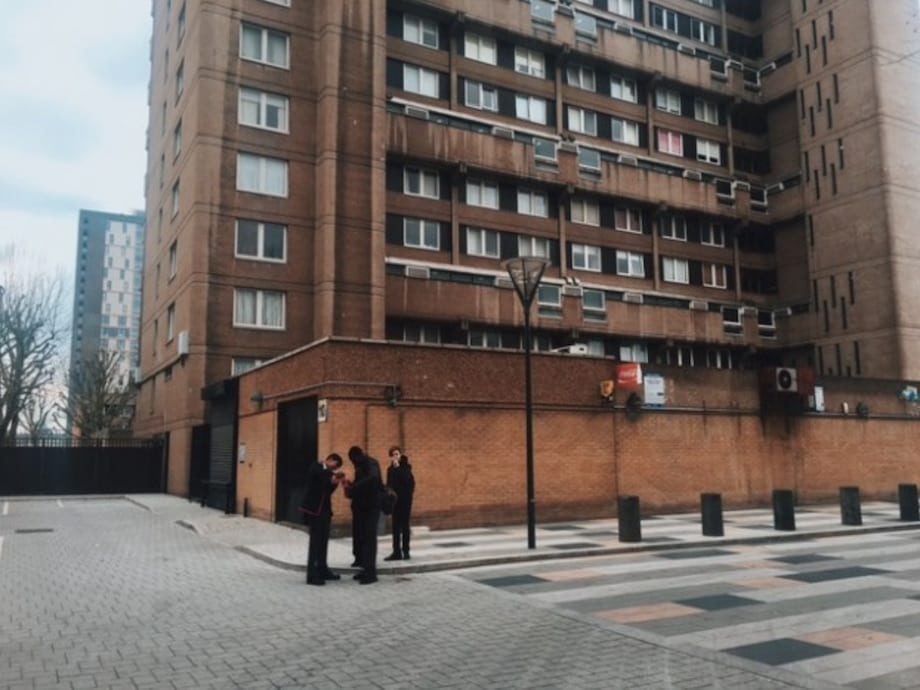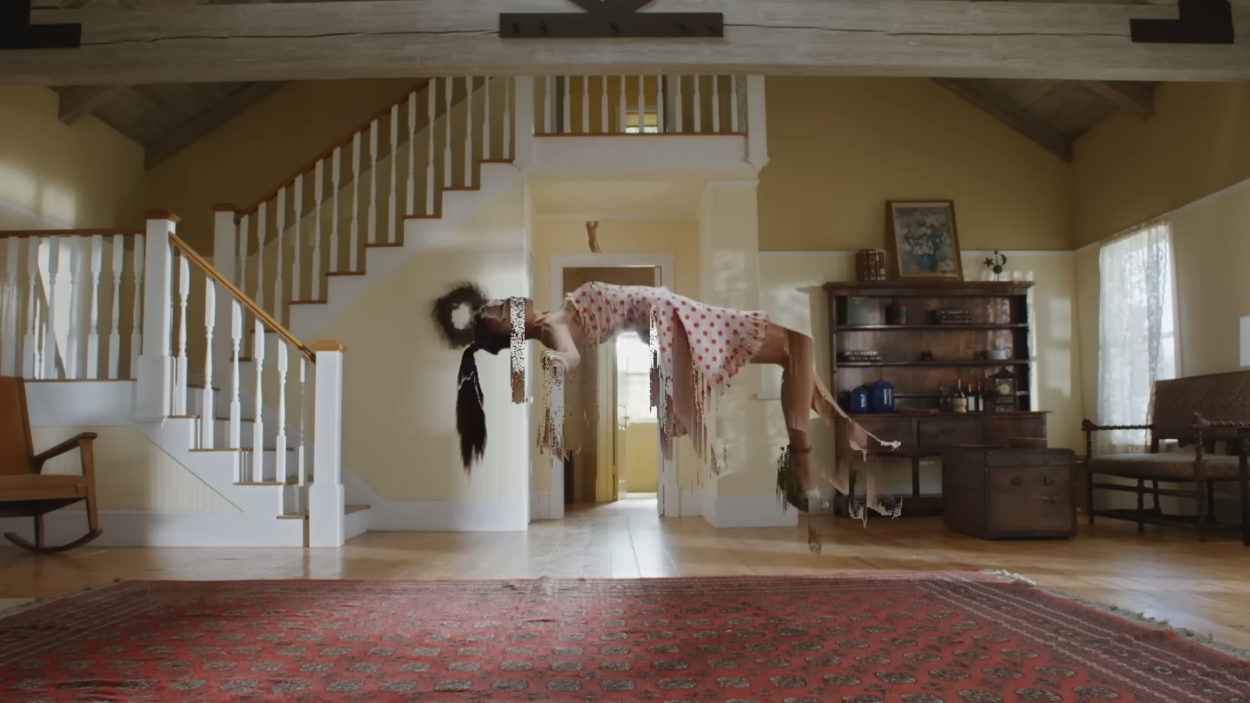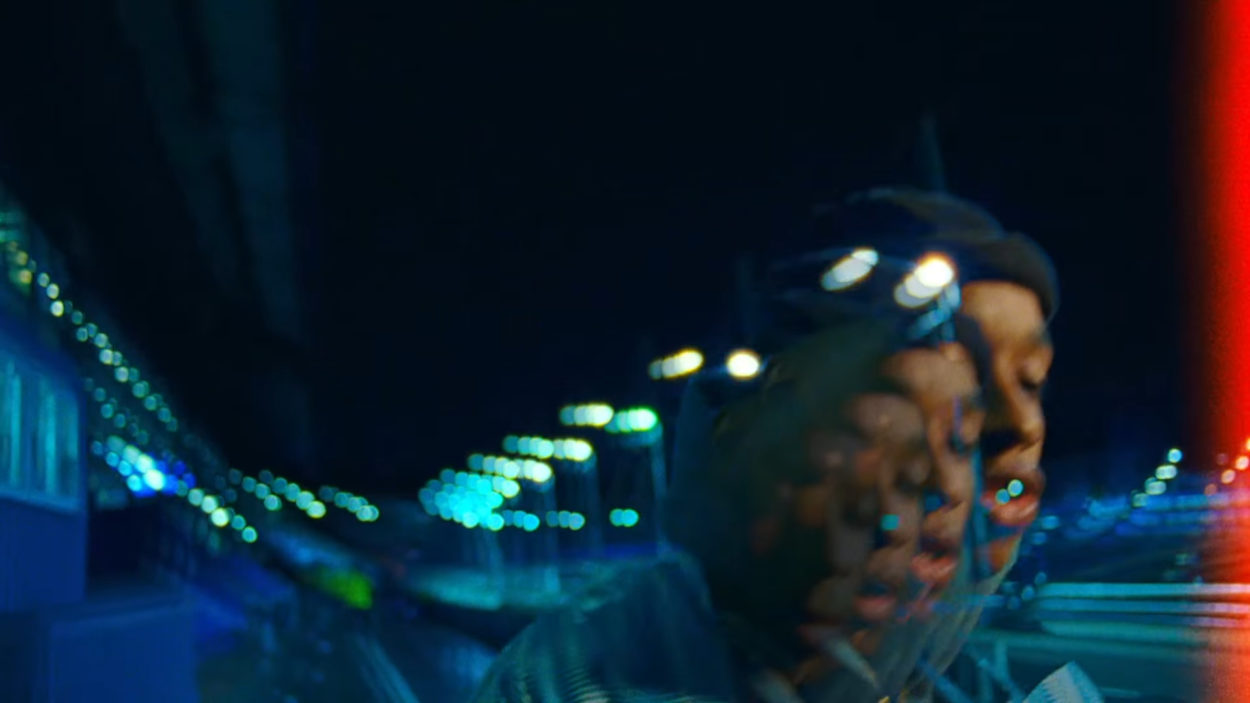Did you go to film school or did your filmmaking evolve through working on the job?
I didn’t go to film school. I actually studied politics at university. I liked it but I always knew that I wasn’t going to go down that path and that I was just stalling. So then I came back to London after I graduated and I was still confused and very lost about what I wanted to do. Film and music were always my obsession growing up and I was a hip-hop obsessed kid. That never really went away and sort of just silently lingered on over the years even though it took a long time before I ever seriously considered working in it. I think that had a lot to do with me being scared. I was coming from an academic family and I lacked the courage to go against that path for a long time. I wasn’t sure how to start and break away from it.
For me the turning point came in my early 20s when a couple of months into starting a philosophy masters, bored out of my mind that I was still finding myself in a classroom, I applied for a post on FilmandTVPro.com to assist a director on a project that turned out to be the amazing Saam Farahmand. As soon as I got a taste of it I knew it was for me. It was my first time working anywhere near a film environment and even though my role was miniscule I was in love. Compare that to the frustration I was feeling sitting in a classroom and it was a no brainer. I just wanted to get up and do something that excited me and I was inspired.
A month later, I dropped out of my masters and started to pursue that path from the bottom. It took years in the wilderness, a bunch of other jobs in between, some more on the music side some in film and of course a lot of temporary bartending, before I properly started directing myself.
Please describe your childhood. Looking back were there any obvious indicators that you would become a filmmaker?
In my early childhood, I moved around a lot due to a restless father and certain world situations. I was born in Israel and at three we moved to New York to get away from the stresses of living in the Middle East. I stayed in New York for about five years. This was in the early nineties and it was a special time in New York.
My older brother gave me a copy of the Chronic and Ready to Die by the time I was 6 and from then on I was hooked on Hip Hop. It also helped me learn English very quickly. When I was only eight, I moved to London which is where I have lived ever since. I guess I am more a Londoner than anything else but I’ve always felt a bit of an outsider everywhere that I have been. The influences of a mixed heritage and nineties New York has never left me, but London is definitely my home.
The film techniques you use are integral to the narratives you create –I’m thinking of the oscillating frames in Mura Masa’s What If I Go or the glitches in Ben Khan’s 1000, for instance. Did you create these devices in reaction to the tracks? Do you spend a lot of time experimenting with technique?
If I link a technique to the track then definitely that is coming from the music after hearing it, not before. These techniques are sometimes things that have been on my mind, usually subconsciously, from before as things that I find interesting and maybe have stored away. For example, the Gifs in What If I Go…Of course I didn’t invent Gifs as a technique, it’s all over the web, but I’ve been drawn to it stylistically before and seen it around for quite a long time, but I hadn’t really seen it done in a music video in that way up to then.
When I heard the track I felt that it kind of had this dual personality and was floating between being something gentle and something more explosive, so I was thinking of a way to represent that in an interesting way and that’s how using the Gifs as a technique came to me I think. I thought they could illustrate that split personality of the song and also show the same moment from a different perspective.
The Gifs also felt right because they express something more mechanical and hypnotic which I think is an element of the song that I wanted to bring out. I also wanted to do something candid and a little rough that felt relatable and I sensed the Gifs would compliment that feeling. I kind of wanted it to feel almost like you could be watching their stories unfold in little snippets like you would if you were watching them on social media. This is also why I made the aspect ratio 1:1 to mimic Instagram and feel a little familiar.
In terms of experimenting with techniques, unfortunately with music videos and their tight budgets and quick turnarounds, doing extensive testing isn’t a luxury I’ve had at my disposal up to now. I try and talk and plan it through and seek advice as much as I can beforehand and finding good references can really help guide you as to how something can turn out well, but truthfully, there’s always a good element of risk involved, which is why it’s so important to believe in your idea first and foremost and really trust yourself. I don’t think anyone really knows if it will work for sure or not until the video is done so it’s always a risk.
Your videos are often multi-layered vignettes. What is your creative process for building your films – for instance do you detail the narratives in storyboards before the shoot or simply draw up a shots list?
If it’s a music video, I’ll try and listen to the music with an open mind first and see what comes to me. I find this works best as there’s no pressure and you can be totally honest with the feeling you get. For me it’s all about the feeling and I’ll build the layers and the story out of that.
Shotlists are mandatory for me as a compass but I’m a pretty shit drawer and I enjoyed hearing Herzog say “storyboards are for cowards!” the other day. I like to spend time coming up with exciting scenarios and worlds to shoot and let things develop organically around that. I think very photographically anyway and I’ll have a clear idea how I want a scene to look and I plan a lot of shots in detail, with reference photos, mood boards and so on.
I’ve tried storyboards before and found it to be tedious and more trouble than it’s worth and not beneficial to my creative process in the end. I think storyboards can restrict the outcome too much to one thing and distract me away from capturing something great and ever evolving which I think is such an important part of film making so I have instinctively avoided them up to now. This is just what works for me though.
What’s your favourite part of the filmmaking process?
It’s hard for me to pinpoint this into one thing. This will sound cliché but I think that when I’m being busy and working at doing something that really is a dream job for me it is inexpressibly fulfilling. When I’m working on a project (as back breaking as it always is) it’s also so joyful because I know what it’s like to not work even though that’s all you want to do.
The other thing is, there is always a moment when I first arrive on set and I see everyone unloading equipment and the cars and the cast and the crew arriving on set where I take a moment to think that it’s crazy that all these people are here to help make this idea that I’ve had.
But really there are parts of each part that I love, so it’s really hard to split it up. The satisfaction really comes in the sum of all its parts.
There’s an ease you have with youth culture that is apparent in your photography as well as in your films. How did that intimacy between the photographer and the photographed come about? What led you to start documenting youth – were they your peers or were you an observer?
I think all cultural change comes from young people, and I’ve always been interested in where culture is going. Even as a young kid. I try and capture people in the moment and at ease, doing what they’d naturally be doing if I weren’t there anyway. This candidness is what I’m drawn to the most, so I think a lot of what I do is trying to make people feel comfortable and not like it’s a shoot. I want it to feel real. Maybe this is where the intimacy comes from. I started out documenting people I knew and friends of friends and I still do this a lot. I also photograph strangers in my street photography.
Do you mainly street cast or do you use professional actors?
So far, I’ve stuck to using people I know or street casting. I’m sure that a time will come when I will start experimenting with professional actors more, but I’m looking for a natural realism and rawness that you wouldn’t be able to easily fake.
What mental state are you in when you have your best ideas? Is there anything in particular that inspires you?
There are no golden rules for me, but often I am most flowing really late at night or in the early hours of the morning. A lot of times I’ll stay up late and think about the concept in my head and then go to sleep without writing anything down. Then I write it up when I wake up. If I like the idea enough I won’t forget it. If not, it wasn’t strong enough. That’s kind of the test for me. A good idea lingers. Everything inspires me.
What do you think about when you are framing a shot?
Am I excited by what I’m seeing, is it telling me something that I care about and does it feel right. That’s it.
Where do you call home?
My bed,
London.
List five inspirations that have connected with you recently (these can be books, films, architecture, experiences, anything!)
- Werner Herzog’s review of Kanye West’s Famous video
- Frank Ocean’s Nike’s video/song
- Lil Yachty – Keep Sailing (Music Documentary)
- Antonioni’s ‘The Passenger’ (Film)
- ‘Jean Luc Goddard as Architect’:
LINKS
- ICONOCLAST.TV – Iconoclast (UK)
- NEWLAND.TV – New Land (Scandinavia)
- YONILAPPIN.COM

